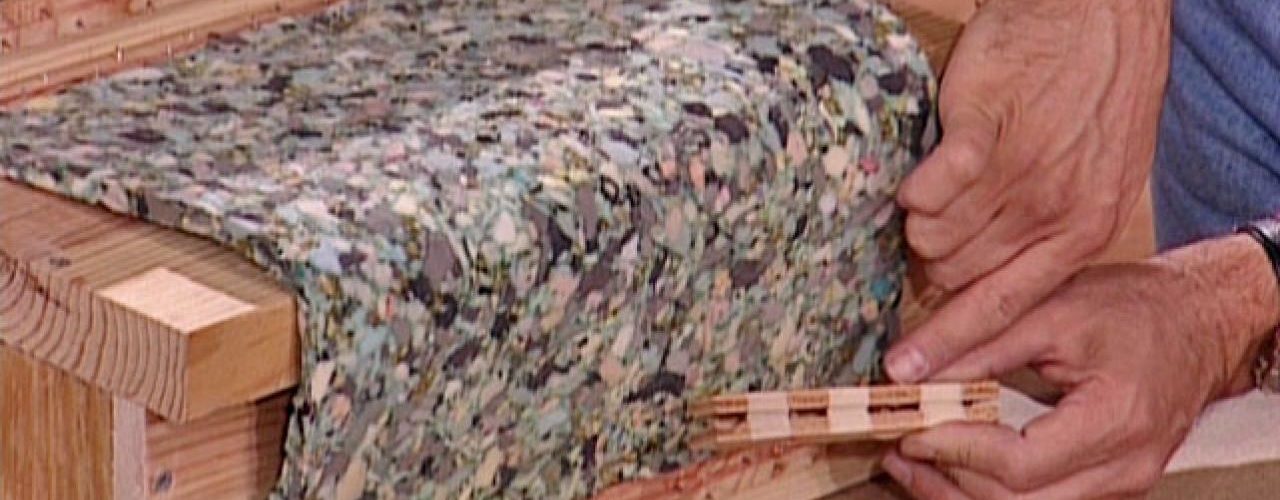A number of people have probably already installed their own carpet, or helped a friend install his carpet. Although it may have sounded difficult, you probably found it much easier than you though. Now, stairs are another thing altogether. They are a bit more difficult to install carpet on, but it’s not impossible.
Contents
Basics
The two parts of the stairs that you need to lay carpet on are called the tread and the riser. The tread is the horizontal step that people step on when climbing the stairs, and the riser is the vertical part that supports the tread. The crotch is the seam between the tread and the riser, where the two meet.
There are two main methods of installing carpet of stairs – the waterfall, and cap and band methods. The waterfall method is the most popular method used by non-professionals. With this method, one large piece of carpet is used to cover the stairs. The cap and band method, which is often used by professionals or on winding staircases, uses small pieces of carpet to cover the stairs. One piece covers the tread, another covers the riser, and so on, all the way up the stairs.
Materials Needed
Some materials that you’ll need are pretty obvious, such as the carpet and padding, tack strips, staple gun and staples, tape measure, hammer, and a utility knife. You will also need to pick up a knee kicker and a carpet tool. These can be bought or rented at any hardware or home improvement store.
Preparing the Stairs
Old carpeting will need to be removed. Also, remove the old tack strips and padding. Do not try to reuse these. It just won’t work.
If the stairs that you will be laying carpet on are wooden, make sure that there are no nails, staples, or screws sticking up.
Cement stairs need to be inspected for any cracks before laying carpet. These need to be properly filled before laying down your carpet.
Measuring the Stairs
Calculating the width is easy. Simply measure the width of the tread. Stairs that are open on the sides need to be measured under the tread to where it meets the riser also. Add this to the width of the tread.
To calculate for the length, measure the length of a tread and riser. Multiply the total sum by the number of stairs that you have. It’s always best to add a couple of inches, just in case. If you’ll be using carpet padding, add at least four more inches, and if the stairs have nosing, add at least another foot.
Installing the Carpet
Attach the tack strips at the crotch of each stair with staples or nails.
Next, lay the padding and carpet down on the stairs. Push them into the tack strips, trying to get it as tight and even as possible. It doesn’t have to be perfect at this point.
Starting at the top, use the knee kicker to tighten the carpet to the stairs. Stretch the carpet straight from the center of the stair and attach it to the tack strip. Smooth out any lumps, creases or bulges, and trim off any excess carpet next to the wall. To make sure that the pins on the tack strip are compressed, slide the carpet tool back and forth along the carpet.
Before moving on to the next step, step back and look at your work. Make sure that it’s satisfactory, and the carpet is smooth and even. If it isn’t you’ll want to rip it up and start over again until it’s right.
To attach the rest of the carpet, repeat these steps all the way down.



